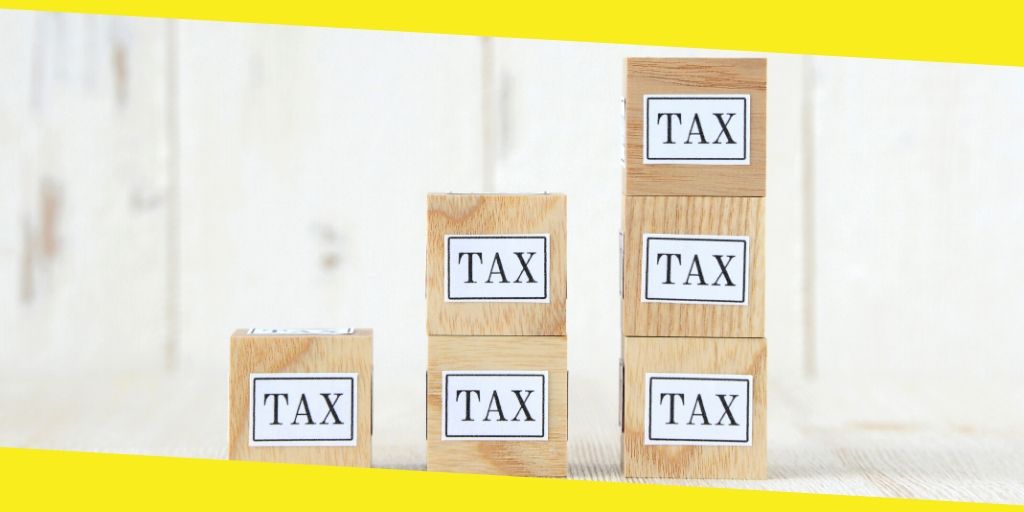
“Be careful what you wish for, there is always a catch” – These words apply to Indian taxpayers as well. The Budget 2020 witnessed the announcement of a new tax regime with greater tax slabs and lower tax rates. Investors wished this for a long time, but it came with a catch; removal of all the exemptions and deductions available to Indian taxpayers before.
What’s more, the taxpayers are offered with a choice of selecting between existing and new tax regime, whichever best suits their needs. All these factors clubbed together, makes the tax laws quite complex rather than making them more straightforward. And if you are speculating how to go about figuring out which tax regime you should opt for, this article will help you figure out the same. This blog will look at the new system in detail, its benefits and compare it to the current tax system. So let’s begin.
Current tax regime – higher tax slabs but a lot of options to reduce tax
The current tax system offers individuals with over 70 deductions and exemptions through which they can lower their taxable income to save tax and also pay lesser. The biggest section for tax deduction is Section 80C. There are various investment options under Section 80C. These tax-saving investments can bring down your taxable income up to Rs1.5 lakh. One of the most widely used options under 80C is ELSS funds. These tax saving mutual funds are widely popular among investors and for all the right reasons.
Following are the most common deductions and exemptions availed by Indian taxpayers:
| Deductions |
Exemptions |
| Employee Provident Fund |
Leave travel allowance |
| Equity Linked Savings Scheme (ELSS) |
House rent allowance |
| Life Insurance Premium |
Food coupons or vouchers |
| Children tuition fees |
Standard deduction |
| Investment in NPS |
Leave encashment |
| Saving account interest |
Mobile and internet reimbursementt |
| Health insurance premiums |
Uniform allowance |
| Public Provident Fund |
|
| Principal and interest component of home loan |
|
New tax system – Additional tax slabs with the lower tax rate, however, no way to reduce taxes
The new tax slab has increased tax slabs along with lower tax rates. However, the deductions and exemptions mentioned above are not valid in this new tax regime.
Here’s a comparison between old tax slab vs new tax slab:
| Income tax slab |
Old tax rate |
New Tax rate |
| Income up to Rs. 2,50,000 |
Nil |
Nil |
| Rs. 2,50,001 to Rs. 5,00,000 |
5% of the total income exceeding Rs. 2.5 lakh |
5% of the total income exceeding Rs. 2.5 lakh |
| Rs. 5,00,001 to Rs. 7,50,000 |
20% |
10% |
| Rs. 7,50,001 to Rs. 10.00,000 |
20% |
15% |
| Rs. 10,00,0001 to Rs, 12,50,000 |
30% |
20% |
| Rs. 12,50,001 to Rs, 15,00,000 |
30% |
25% |
| Rs. 15,00,000 & above |
30% |
30% |
Additional 4% health and education cess are levied on the tax amount for all tax slabs.
Evaluate both the tax systems properly before deciding the right tax regime. There’s no one shoe fits all approach in investing. Happy investing!